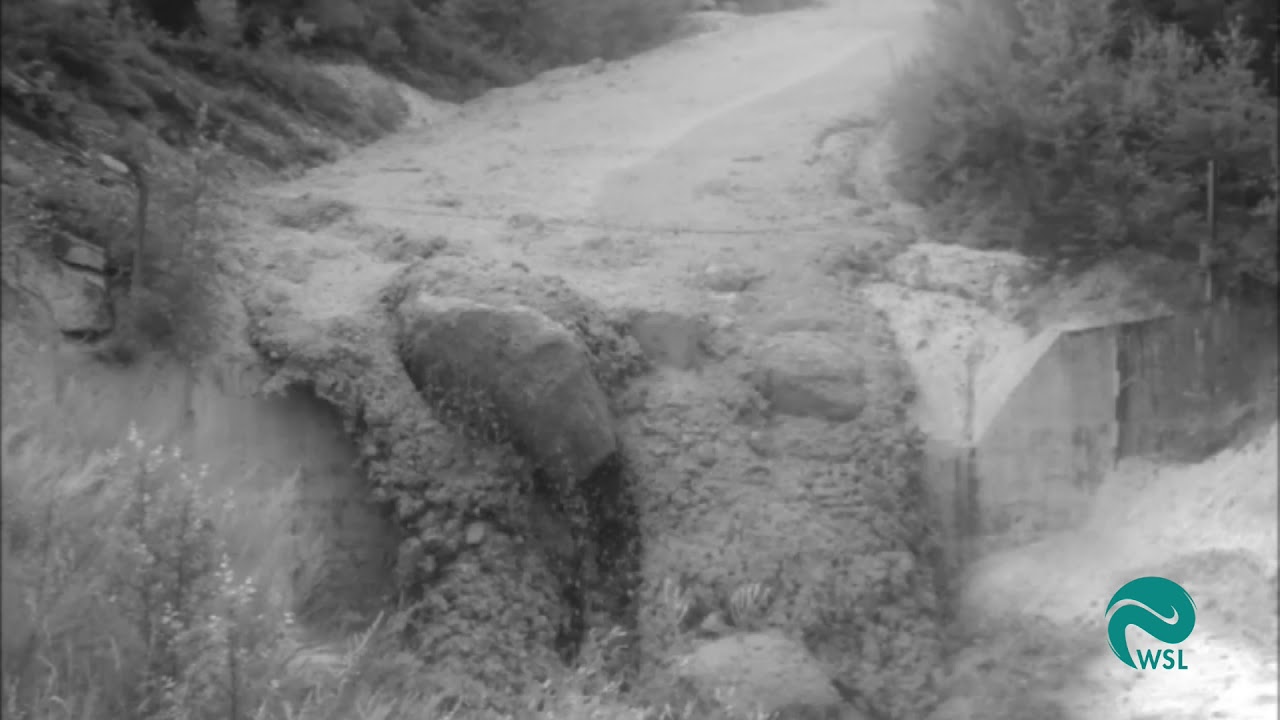By combining an earthquake detector with Artificial Intelligence (AI), researchers from the Swiss Federal Institute of Technology in Zurich (ETH) and the Swiss Federal Institute for Forest, Snow and Landscape (WSL) have successfully developed a new warning system against hazardous mudslides and debris flows in the Alps. As detailed in a report published by ETH Zurich, the new AI detector successfully and reliably detected the onset of each of the 13 individual mudslides and smaller flooding events without generating any false alarms at the Illgraben test region in the canton of Valais.
Up until now, warning systems have been based on equipment that typically has to be installed in accessible, low-elevation valley sections, the report explains. In this way, they are only able to register debris flows at a relatively late stage, meaning that the warning time is often only a matter of minutes.
The detector now being deployed by the researchers comes from earthquake research. It measures even the most subtle movements in the earth, including those at great distance, which of course helps to extend the warning time. However, the real challenge centered on developing the detector to recognize the start of an actual mudslide, rather than detecting vibrations triggered by a herd of cows, for example. For this reason, a learning algorithm was used, i.e. in the form of machine learning or artificial intelligence. The seismometer equipped in this way was "trained" using a total of 22 signals from earlier mass movements previously been recorded at Illgraben. In this way, the detector learned to recognize the actual mudslides.
“We want to detect falling rocks and debris flows as early as possible, so we can warn the population in risk areas with sufficient notice”, comments Malgorzata Chmiel, lead author of the study and postdoctoral student at the Laboratory of Hydraulics, Hydrology and Glaciology (VAW) at ETH Zurich, in the report.
Related news
Contact us
Can we put you in touch with a peer company or research institute? Do you need any information regarding your strategic expansion to Switzerland's technology and business center?
info@greaterzuricharea.com
